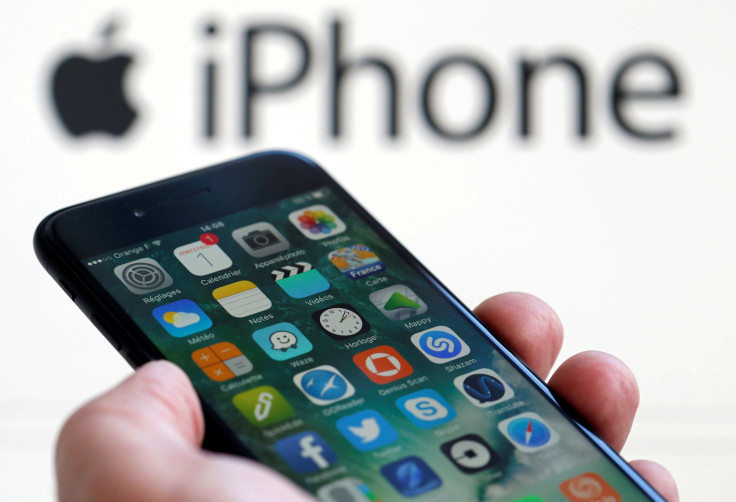Apple iPhone: How to Make Professional Looking Videos With The Device

Apple has been known, ever since the first iPhone for its cameras, which have been evolving with every generation of the device. The current generation of the device, the iPhone 7 can shoot 4K videos. But, if you are just taking the device out of your pocket and hitting ‘record’ you might not be taking full advantage of what the device can do.
Read: Apple iPhones With iOS 11 Will Have Better Camera Formats, Save Storage
To help users, there is now a video on “how to record a video on the iPhone 7”
Here are some things you need to keep in mind:
Stability: The iPhone does have Optical Image Stabilization (OIS) built-in, but your videos will come out best only if you keep the device stable. It would be ideal to keep the device close to your body, and if you can, rest your elbows on a table or a flat surface, while shooting a video. You can also use a tripod, if you want your longer videos to be stable.
Lighting: The best thing you can do is to ensure your settings are properly lit. Whether you are shooting the video indoors or outdoors, it is essential that you have plenty of light in the frame. If you don’t have a properly lit setting, you can use the built-in flash or even use some professional lighting. You don’t even need to invest in high-end light towers, but you can use multiple USB lights available in the market to put focus on your subject.
Exposure Lock: The iPhone is equipped with automatic focus. A yellow square box appears around the subject, which is the exposure and focus lock. Mostly users do not wait for the exposure lock to function fully before they start recording a video. You should actually let the exposure lock function fully and even determine the exposure and brightness before you start shooting the video.
If you don’t use the exposure lock, the iPhone will automatically keep on adjusting the focus, which will make your videos shaky.
Microphone: The best bet for clear audio on the video is to get your iPhone as close as possible to your subject. If you are recording a person, the best bet is to get close to the head.
Slow Motion and Time Lapse: For slow-motion and time-lapse videos, the thing you need to keep in mind is that every subject is not fit for such videos. So a slow-motion video of someone diving into a pool might be something you could capture, but capturing the sunrise in slow-motion would take much time and storage and might not be properly captured using your phone.
Use Airplane Mode: If you are shooting any video longer than a few seconds, chances are you might receive a call, which could potentially disrupt the video. It will also save battery life, which is essential for your video.
Use editing softwares: Editing softwares will not only let you correct the glitches in your videos, it would also let you add effects. Apple’s iMovie is one such software, which can help you edit videos easily on your phone. It will provide that professional look to your video and also support 4K video editing, which not many editing softwares do. If you happen to own an iPad or a Mac, you can actually save the video on your iPhone and then continue editing on it.
In conclusion, while the iPhone is limited by its size and even its abilities as a smartphone. Yet, if you own one and follow some basic tips, you might be able to get top notch, professional looking videos out of it.
© Copyright IBTimes 2024. All rights reserved.




















